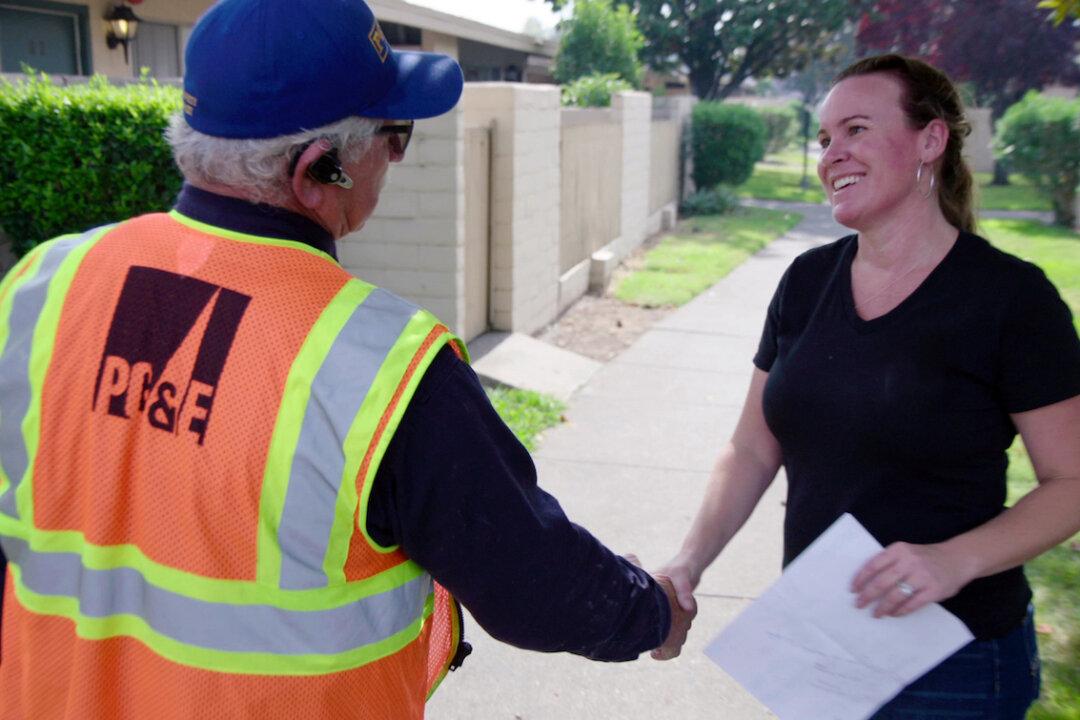A suspicious website that imitates the official Pacific Gas and Electric Company (PG&E) site issued a false press release on January 23 and fooled several media outlets.
The release claimed the company’s former Chief Executive Officer, Geisha Williams, had donated $2.5 million to help survivors from 2018’s Camp Fire disaster, the deadliest and most destructive wildfire in California history. The statement also quoted other leaders from the company, allegedly throwing their support behind the false information.





